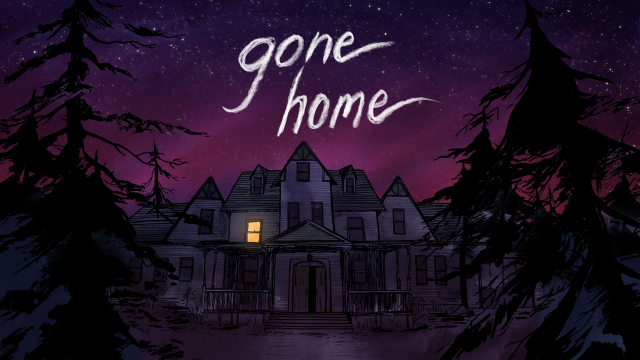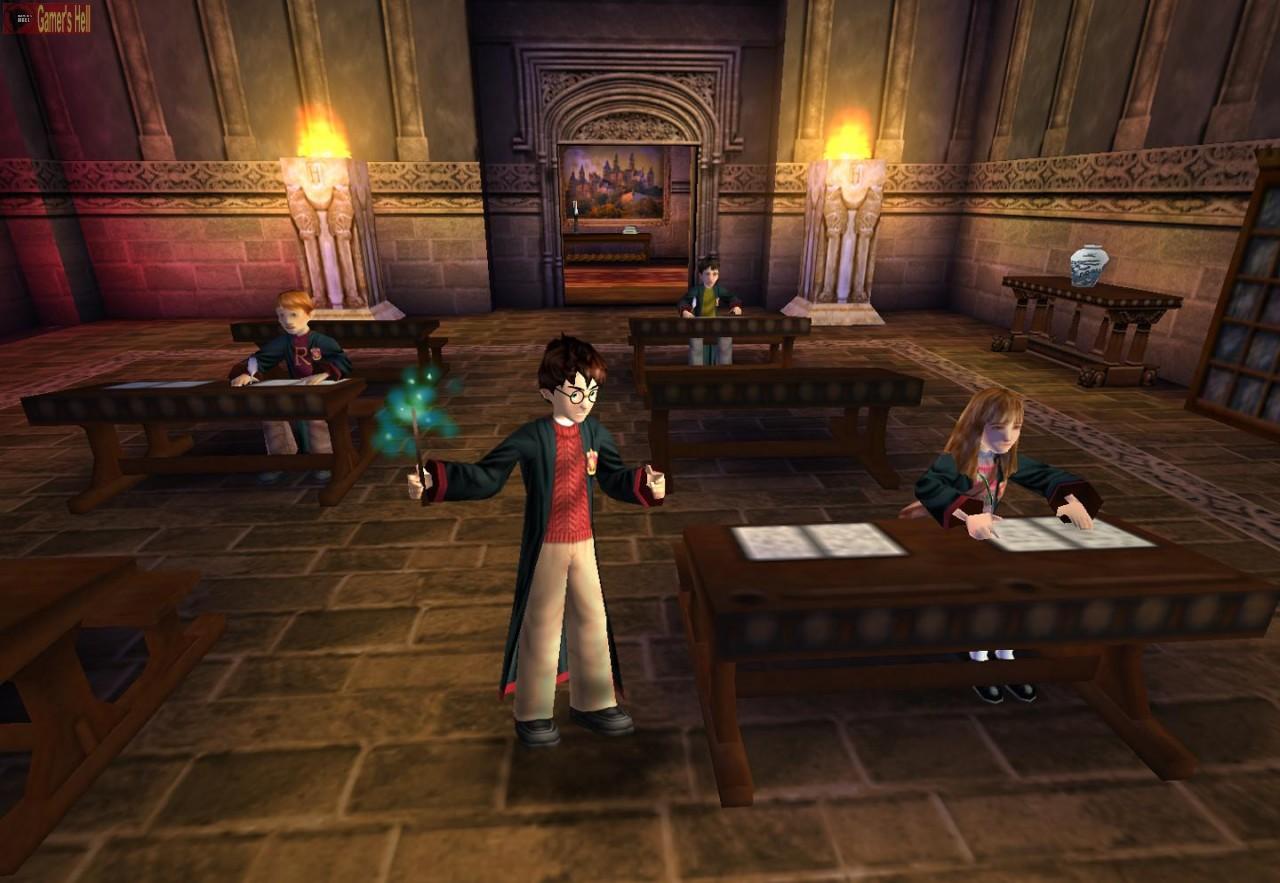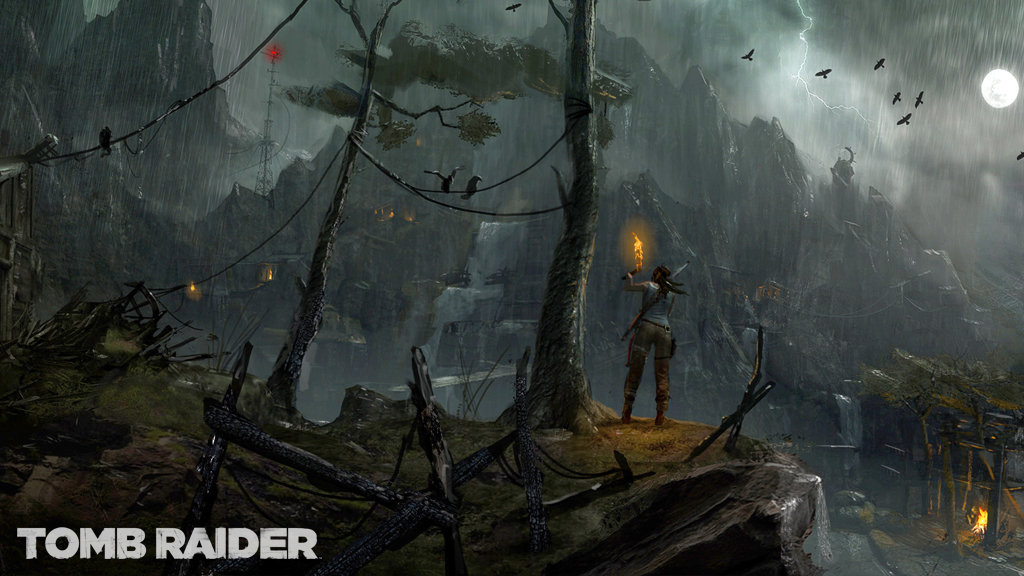Gone Home builds itself upon a relatively simple premise: it is the summer of 1995, and you are Katie Greenbriar, a college student just returning home from a year of studying abroad. The game begins at the doorstep of Katie’s home with a locked door and a mysterious note from Sam, Katie’s younger sister, taped on the front door. The game gives no explanation aside from a few simple control tutorials. You’re simply dropped into Katie’s shoes and left to your own devices.
After this abrupt start, the game maintains a creepy tone throughout. A storm rages outside, floorboards creak, and lights flicker or suddenly go out. Gone Home is a story exploration game, but it feels like a horror game. I suggest turning off the lights and wearing headphones while playing, because the sound is designed to make it sound like something just moved behind you, or a floorboard creaked just out of your peripheral vision.
The driving force of the game is curiosity. Where are your parents? Where is your sister? Who is the girl that left a desperate-sounding voicemail on your answering machine? All of these questions and more are answered simply by exploring this large house. Finding certain objects or notes will trigger one of Sam’s journal entries to be read in a voice-over, providing further context to the object.
[blocktext align=”right”]Where are your parents? Where is your sister? Who is the girl that left a desperate-sounding voicemail on your answering machine?[/blocktext]Aside from these journal entries, the meaning of everything in the house is up to the player to infer. For example, one of the first rooms to be explored is the library, where players find a book about dealing with troubled teenagers placed away from the other books. One of the story threads that can be uncovered involves the previous owner of the house, and what happened to him. Only the most thorough and observant players will be able to decipher every bit of story in the game.
Every room in the house feels distinctly lived in and as if it belongs to a certain member of the family (much like a real house). Katie can interact with almost any object by picking it up, rotating it, and zooming in. Drawers can be opened, letters read, and soda cans thrown. Some objects even get special treatment from Katie; upon finding a porn magazine hidden in the library, the “pick up” prompt changes to “jeez, Dad.”
While Katie’s parents get plenty of characterization, the main story clearly belongs to Sam, who recalls her 1994-1995 year of high school, leading up to the reason she is not at home. The Greenbriar family moved into this house just before the school year started, and Sam has trouble making friends at her new school. However, she eventually makes friends with a girl named Lonnie, and as the two get closer their relationship turns romantic.
Sam’s journal entries recall her relationship with Lonnie, how it began and how it evolved. This story is extremely compelling, because it feels real and relatable. It’s rare that any teenage romance is written with the balance of romanticism and realism that Gone Home exercises. The way Sam and Lonnie’s friendship slowly develops and blossoms into romance feels natural, and the interactions between them bring feelings of real teenage romance.
Gone Home’s only hindrance is its length. The game clocks in at only about 90 minutes, possibly slightly more or less depending on how thorough the player is. For a 20-dollar price tag, this is excessively short. Gone Home undoubtedly wears a button on its chest that says “quality over quantity” in big, bold letters, but players may feel cheated when they get to the end credits in only one play session.
Despite this caveat, Gone Home is definitely worth playing. It may be short, but it has immense replay value because of some of the easily missable bits of story hidden around the house. It succeeds in immersing the player in its setting, and making the characters both likable and relatable. I highly recommend it to anyone interested in games about mystery, exploration, or romance.
4.5 out of 5 stars
Joel Wallick is currently pursuing a degree in film studies at Bowling Green State University with an undecided minor. He has been gaming since early childhood, beginning with Pokemon Silver.






